

Germany’s multi-hospital network with 10,000+ beds aimed to revolutionize patient care. It includes key service areas such as critical care, post-surgery, and chronic illness management, covering a wide scope of medical specialties. We built a custom AI-based remote patient monitoring software that empowers healthcare professionals to monitor patients in real time, improving outcomes and operational efficiency.
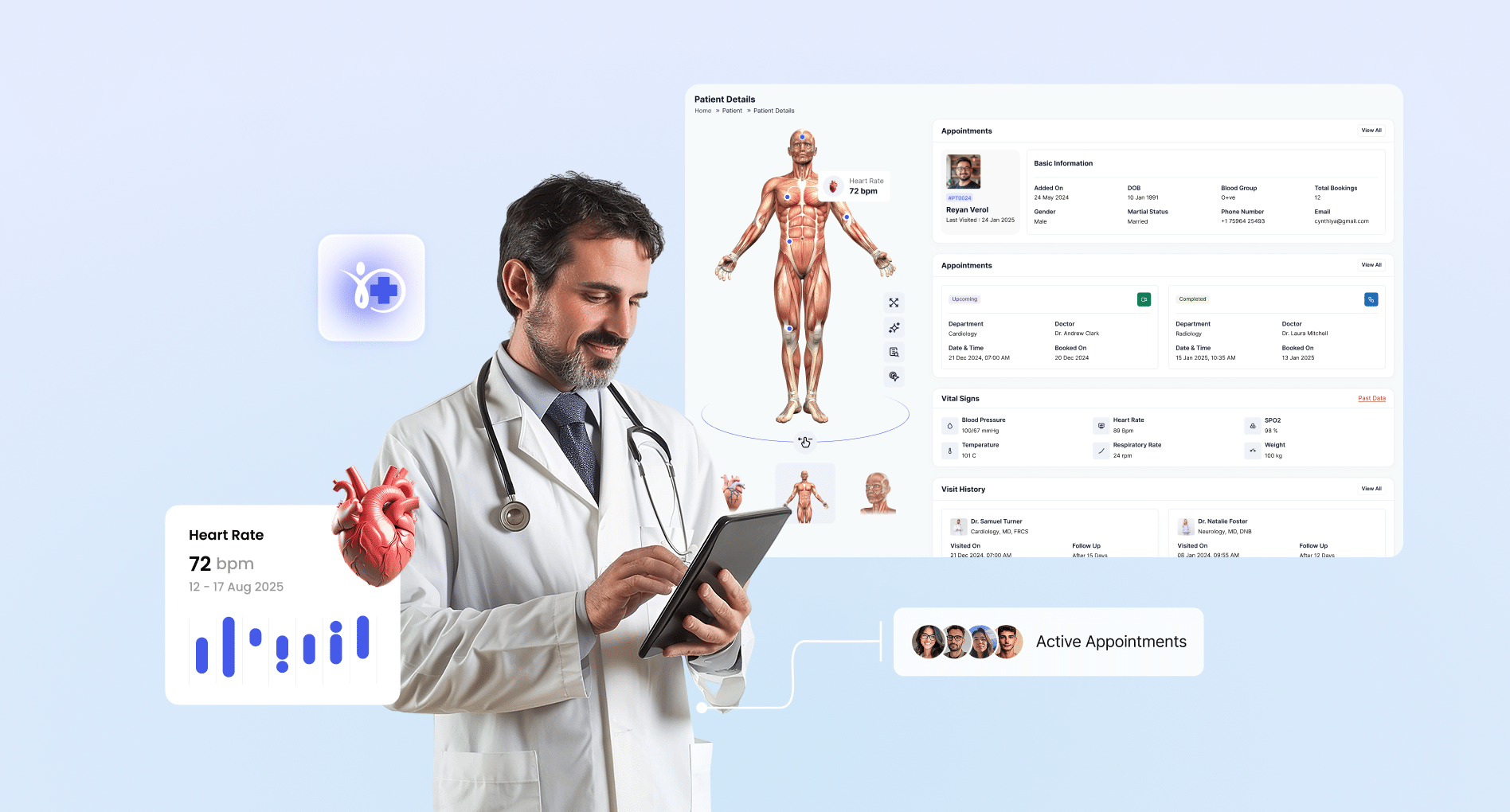
The client wanted to make their healthcare activities more modern, i.e., introduce an AI-based remote patient monitoring system, which has to be accurate, fast, and make decisions proactively. The key business goals included:
Patient information was distributed in different systems. Nurses were required to look at several monitors and charts manually, which resulted in incomplete information flow and a high probability of overlooking important changes.
The traditional alarm systems used to be reactive, notifying personnel when a patient's vital sign had surpassed a fixed, predetermined point. This usually implied that the interventions were started late. False alarms were also common and created alarm fatigue among the staff.
Hospital staff wasted a lot of time on routine vital checks and documentation, and this time was taken away to actually engage with patients and provide care. This is one of the usual problems that hospitals go through.
Human error in data entry and monitoring was likely to occur, especially when it came to patient safety. An AI-powered remote patient monitoring software might help them reduce these human errors; hence, they approached us for the same.
There existing RPM system was not able to analyze trends in a patient's health data to predict potential issues before they became critical. So they wanted to get a AI healthcare system that can help them in predicting their patients potential issues at early stage.
We have built and deployed a centralized and real-time dashboard, which incorporates the data of the current RPM software. We used an AI-based remote patient monitoring solution that allows us to have a holistic and predictive picture of the health condition of each patient.
We use our AI models based on real-time and historical data to derive a Predictive Deterioration Risk Score. This will allow clinical staff to identify patients who are in danger of their condition becoming worse and intervene sooner.
The software has a machine learning-oriented alert system. It goes a long way in eliminating false alarms because it examines trends and context, and this assists in combating alarm fatigue and also ensures that the staff is only notified when a clinically significant change has taken place.
Our solution also works well with wearable sensors, which are used to monitor vital signs and activity on a continuous basis. Our wearable device data integration helped to present real-time insights, facilitate proactive care, and make patient monitoring more precise and complete.

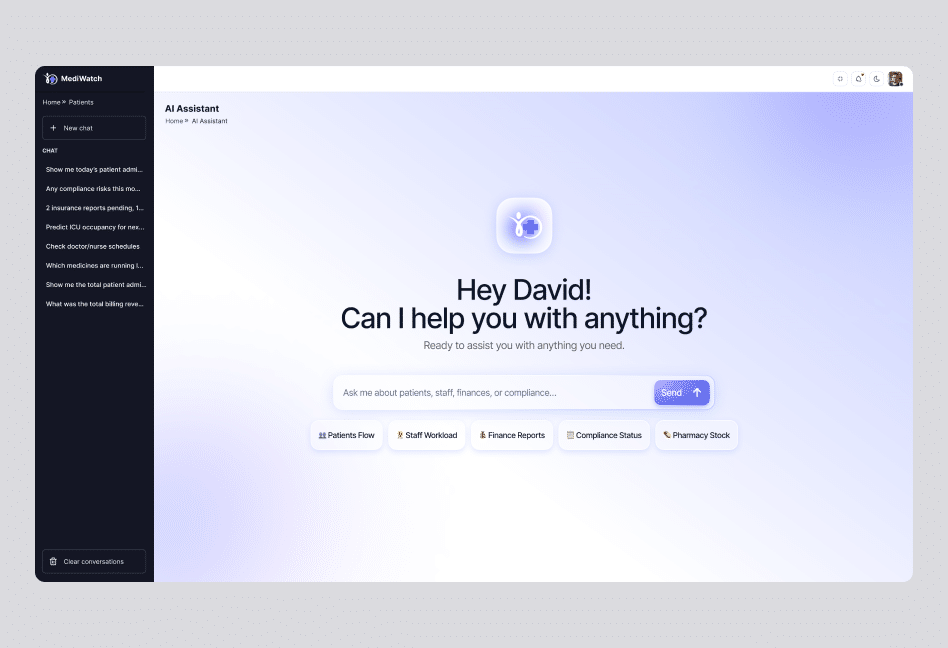
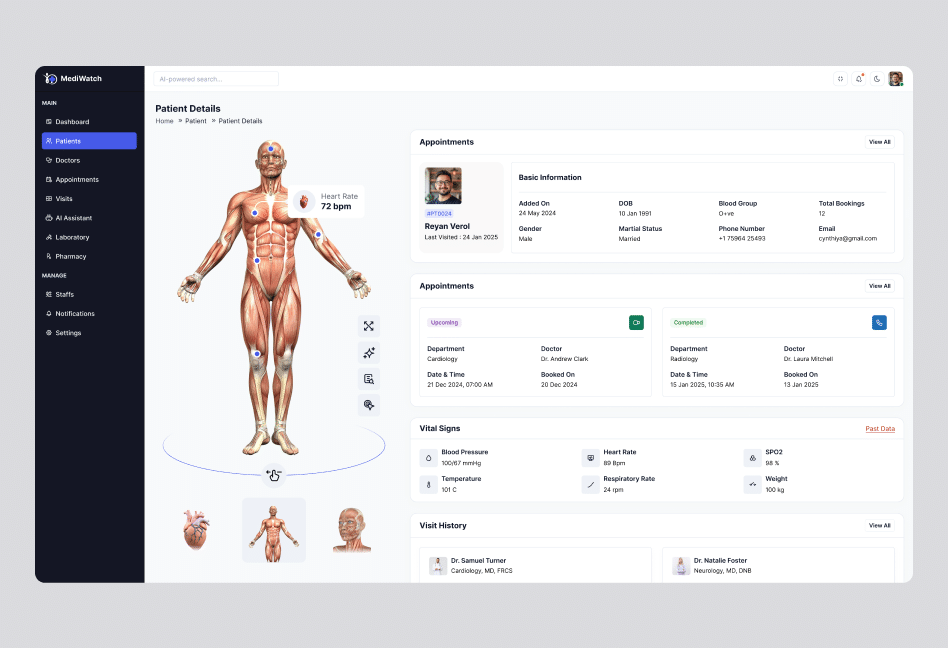
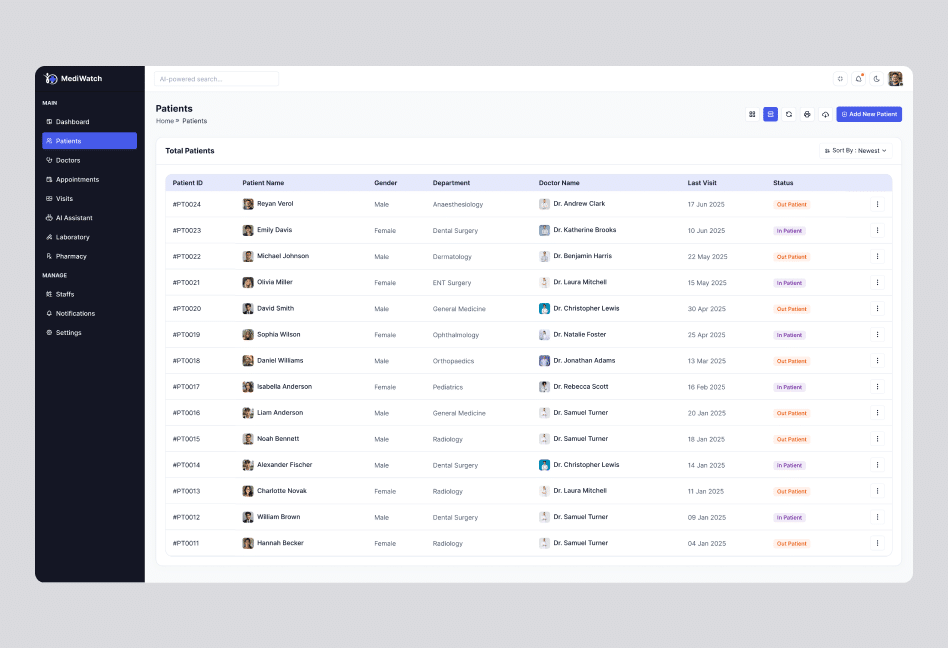
We have done a close examination of the infrastructure, workflow, and pain points of the client that they currently have. We also studied the market and its pain points, and then we started our further process.

Our team collaborated with the IT department of the hospital to convert the new dashboard into their numerous data sources in a grid format that guaranteed secure and compliant transfer of data.

For remote patient monitoring software development, we used historical patient data to train and validate our predictive AI models. Our major goals were to focus on accuracy in predicting key clinical events.

The implementation of the dashboard took place in one pilot ward. We have collected a lot of feedback regarding the user interface and functionality to make it optimized to match the needs of the healthcare staff workflow.

The RPM system was implemented throughout the entire hospital network, and all the staff were trained to enable the smooth implementation process.

The proactive and predictive alerts helped the clinical staff to act earlier on critical issues. They were able to helped lot of cardiac arrest patients through this system.
The dashboard was able to offer improved insights on patient stability, hence a significant amount if reduction has been seen in readmissions rate.
False alarms decreased, and most of monitoring tasks got automated, which saved an average of 2-3 hours of time per nurse per shift.
The decreased critical incidents, reduced readmissions and enhanced staff efficiency resulted in a high ROI in the first year of full implementation.
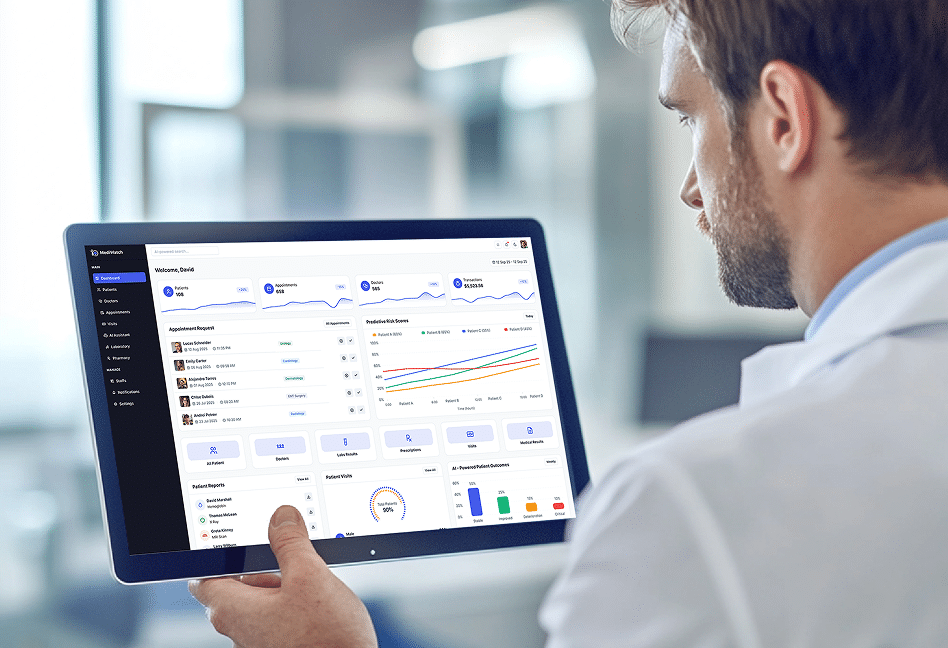
SPEC House, Parth Complex, Near Swastik Cross Roads, Navarangpura, Ahmedabad 380009, INDIA.
This website uses cookies to ensure you get the best experience on our website. Read Spec India’s Privacy Policy